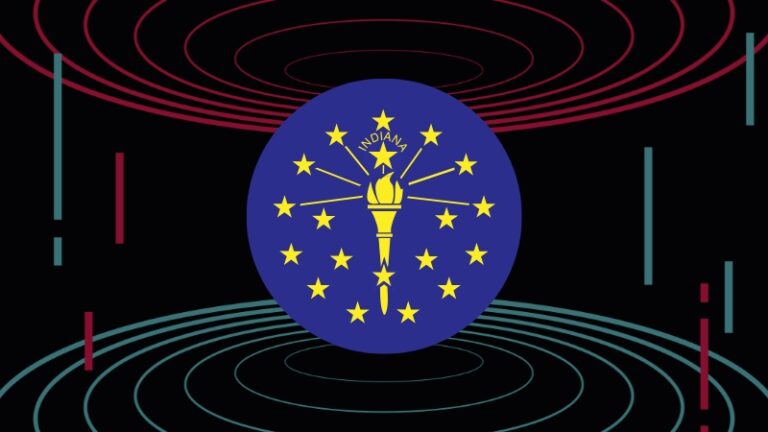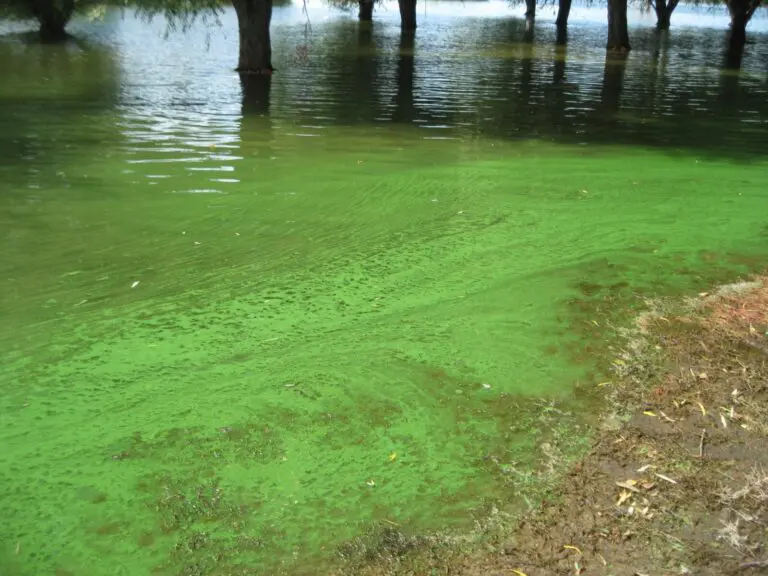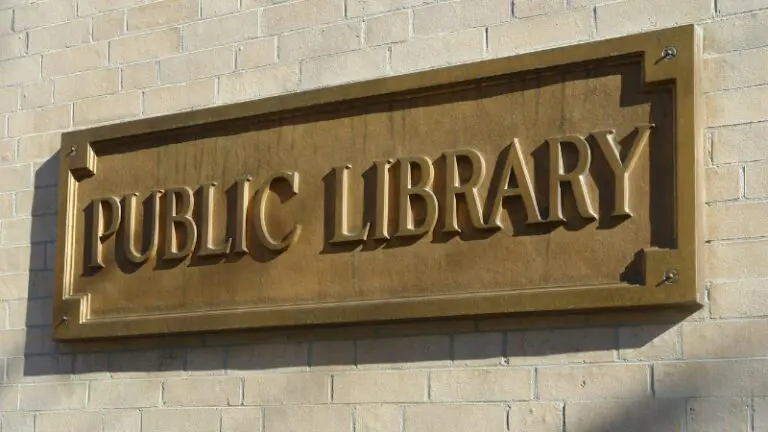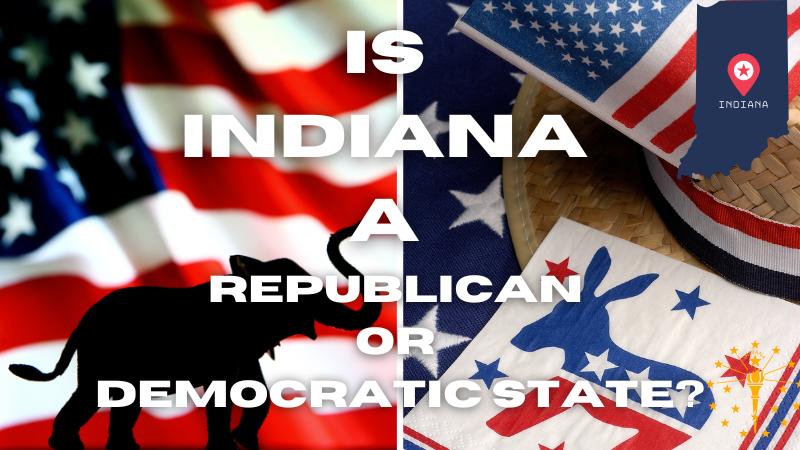It’s clear that understanding the state’s preferences requires looking at a combination of historical data, cultural leanings, and economic priorities.
Today, we’re talking about a question that might seem simple but has a lot of depth: Is Indiana a Republican or Democratic state?
You might be wondering just how red or how blue Indiana is, especially if you’re not from around there. So, let’s take a closer look together, shall we?
Table of Contents
ToggleIndiana’s Historical Voting Patterns
Indiana’s political loyalty in presidential elections leans heavily towards the Republican side.
With few exceptions, this state has been a stronghold for Republican candidates since as far back as 1940.
The exceptions are notable—1964 and 2008—when Indiana voters chose Democratic candidates Lyndon B. Johnson and Barack Obama, respectively. Such deviations make you wonder about the factors that swayed voters during those years, but these remain rare blips in an otherwise consistent pattern.
Year
President
Party
Notable Aspects
1964
Lyndon B. Johnson
Democrat
Influenced by national civil rights movements
2008
Barack Obama
Democrat
Strong appeal to diverse voter demographics
Recent Presidential Election Results
🇺🇸 INDIANA
Trump: 63%
Harris: 35%(6% of votes in) pic.twitter.com/h2vzcZJAUk
— The Spectator Index (@spectatorindex) November 5, 2024
Indiana is now one of the reddest states in the country. Trump won by 17 points there in 2020.
And yet Nikki Haley is getting 20% of the vote, 2 months after she dropped out of the race.
That’s a massive protest vote within the GOP that we are seeing in state after state. pic.twitter.com/AyVI78dyRe
— Peter Henlein (@SwissWatchGuy) May 8, 2024
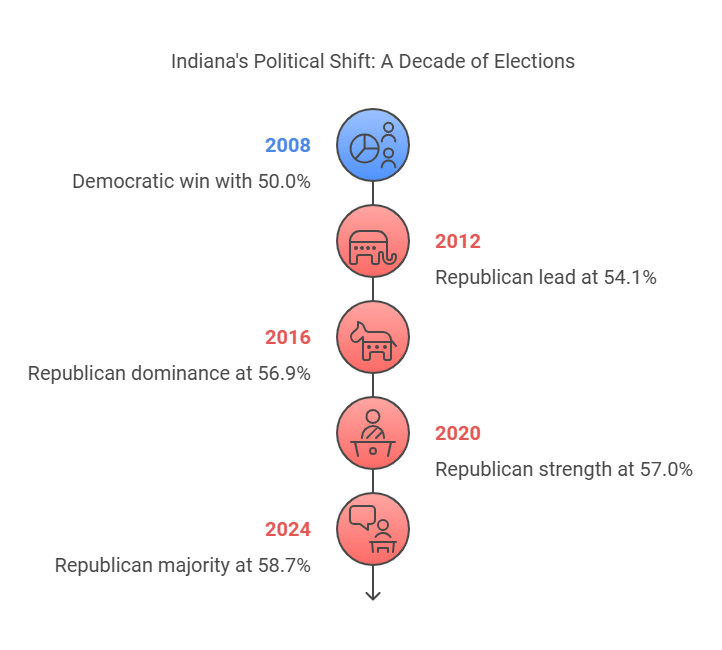
Analyzing the past few elections provides a clearer view of Indiana’s political inclinations:
- 2024: 58.7% Republican, 39.6% Democrat
- 2020: 57.0% Republican, 41.0% Democrat
- 2016: 56.9% Republican, 37.8% Democrat
- 2012: 54.1% Republican, 43.9% Democrat
- 2008: 48.9% Republican, 50.0% Democrat – the only Democratic win in recent decades.
- 2004: 59.9% Republican, 39.3% Democrat
- 2000: 56.7% Republican, 41.0% Democrat
*These figures highlight the consistent Republican dominance in presidential elections.
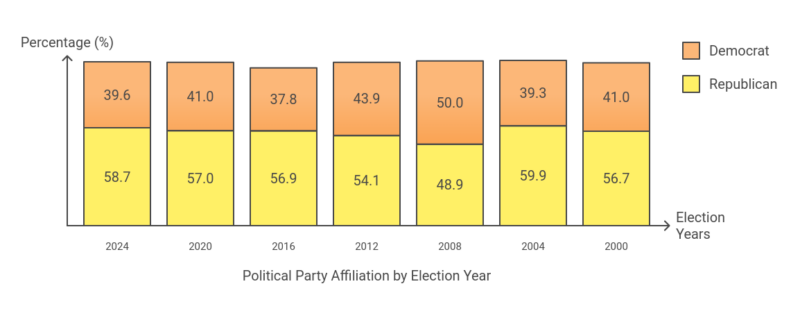
Republican Dominance in State-Level Politics
🔥🔥INDIANA🔥🔥
Indiana Supreme Court ruled against John Rust, a republican, removing him from ballot.
The Indiana Supreme Court also ruled against Rust Tuesday, reversing a lower court decision that would have kept Rust on the ballot.
This leaves Jim Banks, who has already… pic.twitter.com/BJuCZcMBxG
— Jen 🇺🇸🏴☠️ (@jerrieskid) February 28, 2024
The trend of Republican preference is not just limited to presidential elections. It extends to state-level politics as well. In recent times, Jim Banks secured the U.S. Senate seat, reinforcing the Republican influence in federal representation.
Additionally, the gubernatorial race saw Mike Braun winning the governorship, which meant the continuation of Republican control in Indiana’s highest state office.
Why Indiana Prefers Republican Representation
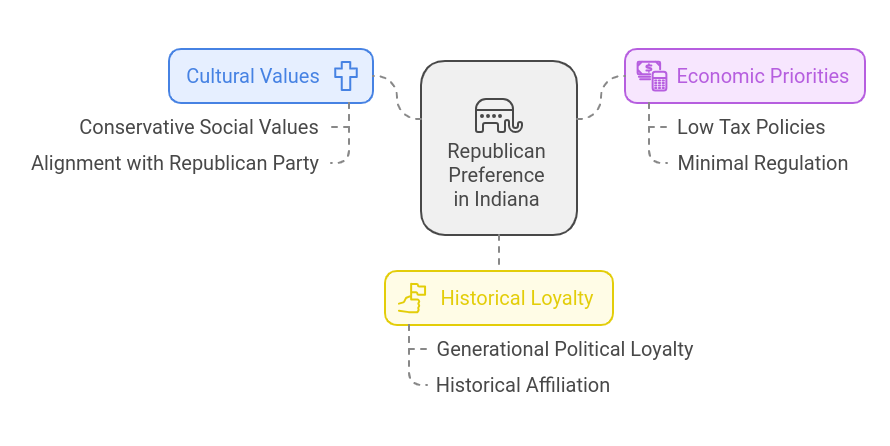
Several factors come into play:
- Cultural Values: Indiana’s cultural and social values, which lean conservative, align closely with those promoted by the Republican Party.
- Economic Priorities: The state’s economic policies favor low taxes and minimal regulation, which resonate well with both the business community and the broader working-class population.
- Historical Loyalty: Political loyalty is often passed down through generations, and Indiana has a long-standing affiliation with the Republican Party that continues to influence its political decisions today.
Wrapping It Up
To sum it up, Indiana is decidedly a Republican state, reflecting its historical patterns and current preferences in both presidential and state elections. While the political landscape can always change, the state’s history and current tendencies strongly favor the Republican Party.




